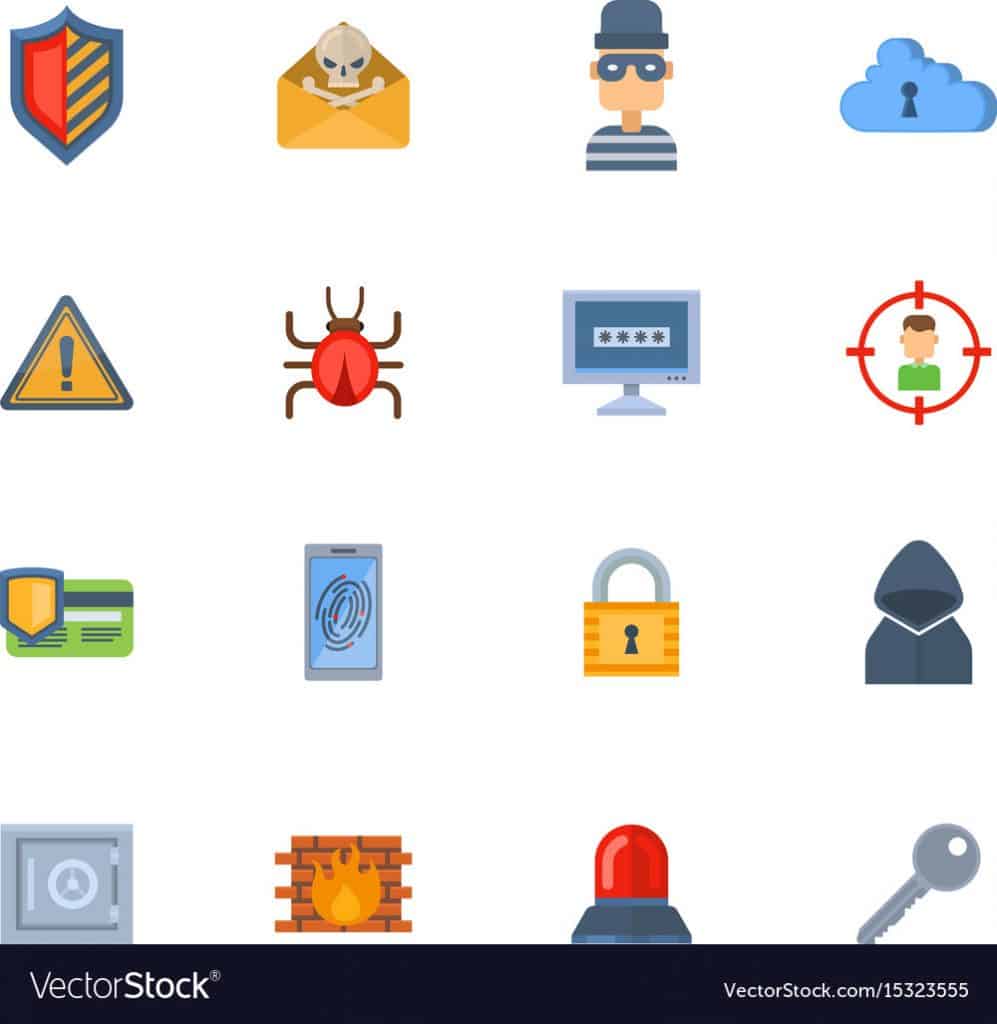Vitalik Buterin, the Co-founder of Ethereum and face of the cryptocurrency, dismissed the rumor which said that a planned feature in the upcoming Constantinople hard folk would create unfavorable security suggestion and would allow for an attack vector on the ETH currency.
While speaking in an Ethereum core developer call held on Feb. 15, Buterin discharged the claims and other related industry gossips with respect to a smart contract creation feature, which was introduced by Buterin himself, may put the security of Ethereum’s blockchain at risk. Further, various other core developers also guaranteed their support for Buterin and criticized the feature that may entirely hinder the effective functioning of ETH.
The feature in question known as “Create2” which is almost at the verge of fall is intended to permit various users to interact with the contracts which actually doesn’t survive on the blockchain currently but may be helpful for the future development. The features of the proposal which are featured under the Ethereum Improvement Proposal 2014 (EIP-1014) states that it would permit for “addresses that do not exist yet on-chain but can be relied on to possibly eventually contain code.”
Though at the time of conference call, Buterin had the support of other developers, the primary concern for Create2 were raised by the ETH developers who argued that the proposal might have such characteristics that may create a severe attack vector on Ethereum’s blockchain. As per their concerns, smart contracts may enable users to code changes of address after their deployment thereby leading some to question the proposition of Trojan horse deals being created on the Ethereum’s network.
Mainly, Developer Jeff Coleman raised his concerns about the capability for addressing commitments that can be changed as per the new proposal. He stated that “One of the things that is counter-intuitive about Create2 is that theoretically, redeployments can change the contract byte code, because the address is only a commitment to the init code. People need to be aware that init codes are part of auditing, […] that non-deterministic init codes are a problem.”
Coleman continued to give justification on how the issue could be fixed to prevent change of addresses or self-destruct post the initial establishment of the contract’s code, he said “When we look forward to where we want to end up […] it would be to have all addresses […] contracted via the init code. We need content-based addressing of contracts, and not just order-based addressing, which is what Create1 is. So if we get to the place where Create2 is standard, get rid of self destruct entirely […] we could throw out this idea of a contract nonce.”
Buterin, further, giving his opinion about the development of the Ethereum smart contracts in the long term stated to the audiences that “The one thing we need to keep in mind is more for the future, when thinking about rents and deletion; that’s a way that can lead to contracts being in a state to being not in a state without a self-destruct operation […]. It’s not something we need to figure out in the next few weeks, but it’s still useful to keep in mind when getting the ETH 2.0 sharding to a VM spec very soon.”
On the one hand, though Bitcoin has somehow been able to gain a leading position at the head of the industry, Ethereum due to the support of ERC-20 led ICOs and smart contract oriented developers, has also been able to garner a sizable market share.

